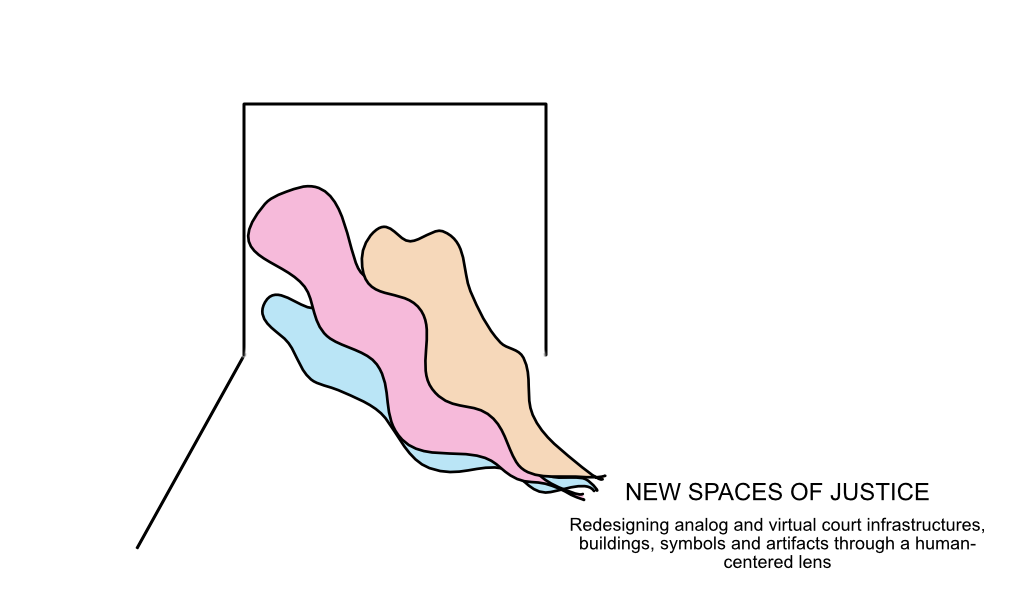New Blueprints of Justice
The Stanford Legal Design Lab is collaborating with Virgil Abloh, MIT Architecture and Oana Stănescu to redesign court houses of the future. Stanford students have the opportunity to join the lectures, roundtable discussions and limited spots are available to motivated students who want to fully participate in the design process.
We will be working closely with courts in Massachusetts and assist them in redesigning ‘hybrid court houses’. These hybrid constructions will embed the technological interventions that have been implemented during the last few months to deal with the effects of the pandemic. This is a unique opportunity to investigate and design the future for hybrid, virtual and physical spaces of justice.
Stanford students can sign up for one or multiple lectures as a passive participant or indicate their interest for the complete design studio as an active participant here: https://forms.gle/PkWB94mCKJfWcK9Y7
The lectures will be held on Tuesday and Thursday between 10:00am to 1:00pm PST.
Design studio description:
In 2020 the justice system, predicated on conservatism and adversity to innovation, was forced into change. The unusual set of circumstances enabled the instantaneous digitization of the courts, creating a ripple effect that will continue to reverberate over the coming years, if not decades. The studio aims to take stock of this moment of change and investigate a future for the hybrid, virtual and physical spaces of justice. Specifically we will be looking at the Massachusetts Court System and working across different scales, spanning from immediate interventions into the Lynn District Court, to designing a new courthouse in Quincy, a project currently under development.
The studio will be working as a collective with the common goal to create tangible perspectives and prototypes for the Massachusetts Court System. In order to do so, we will be working closely with several partners at the courts, looking to identify the issues for all parties, including the often left out users of the courts, and define the design briefs in conjunction with them.


